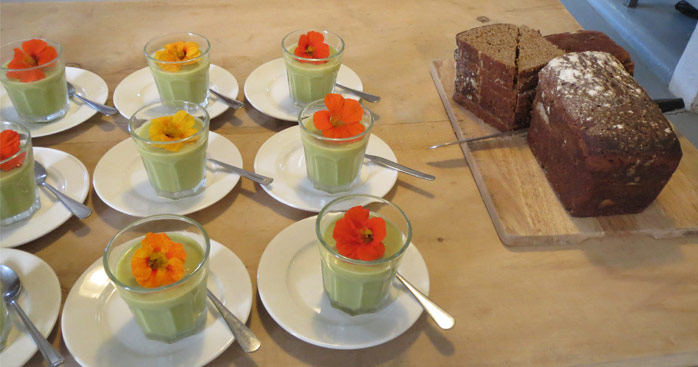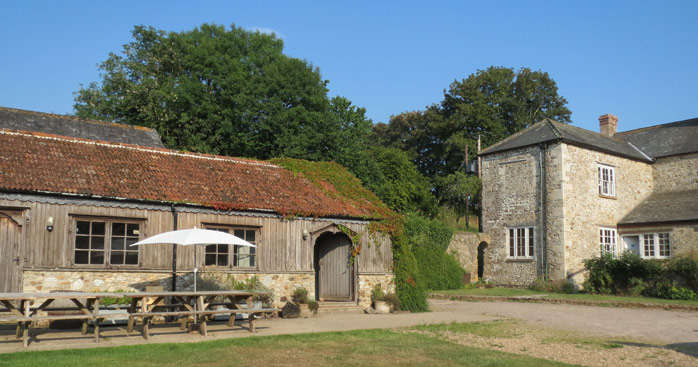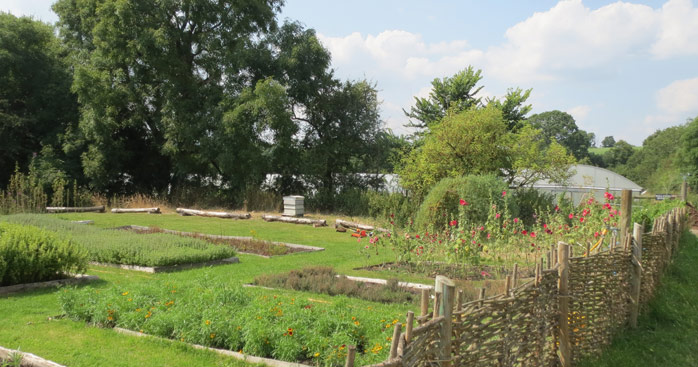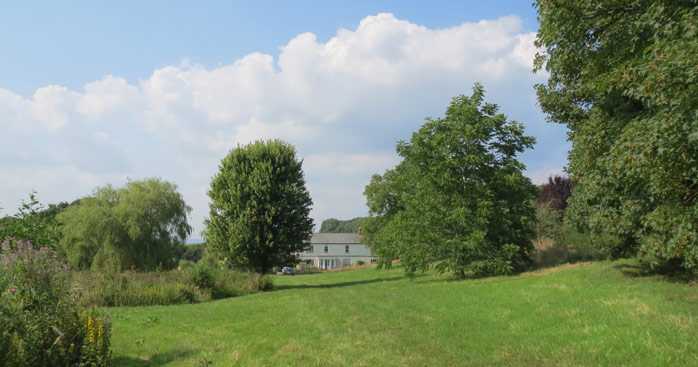For the past few months I have taken a rest from ‘transmitting’, giving myself more time to catch up on reading, visiting friends and reflecting – a habit I like to talk about a lot but do less of than I should! One outcome of all this will appear on this website over the winter will be drafts of a more popular version of The Positive Deviant.
A good chunk of the time, however, has been taken up with what has turned out to be a big project on our home in Scotland. We’ve been in the house for over 30 years but after a wee spruce up when we bought it, I am ashamed to say we have given it less than a lick of paint.
The original idea was to put a small extension on the back, to give more space but mostly to make a side on back door possible. As it was, to open the back door was to let the weather right in. Inside a general upgrade of the plumbing an electrics plus some underfloor heating using an Air Source Heat Pump was planned.
That was when we discovered that cowboy builders were alive and practicing in the 1860s when the house was built. I won’t go into detail but we found walls and rafters about to end their 150 year long relationship and a stair that was in fact suspended from the first floor rather than anchored to the ground. In the end the whole house had to be gutted.
‘At least you will have rooms that are perfectly square’ consoled a neighbour who had gone through a similar process a few years ago.
True! And we will also have a house that is as energy efficient as can be without breaking the bank. Not perfect, but hyper-insulated with tightly fitting doors and underfloor heating on upper as well as ground floor. We found builders are more savvy about all this – particularly in windy northern climes – and it is easier to get information. But not as easy as it should be. Suppliers are still too vague about the provenance and the performance of the kit and materials, and few talk the language of the lay person.
I was able to commiserate about all this in July with my friend Romy Fraser at Trill, her farm in Devon where she has renovated an awful lot more buildings than I have. Romy was the founder of Neil’s Yard Remedies and after she sold the business she set about a rather interesting experiment. How to use the 300 acres in a way that creates livelihoods for as many people as possible? Not by employing them, but by entering into a range of different types of partnership with people who in return use some of her land to run their own businesses. For example, a local farmer owns Trill Farm’s herd of Devon cattle and sheep and a local bee-keeper the bee-hives. A couple run a huge market garden for profit, and sell to Trill Farm kitchen which provides for people on resident courses or week-end breaks. Romy is helping start-ups to use herbs and other farm produce in creative ways. Everyone uses the farm shop and on-line presence to sell their wares. And you can visit.



